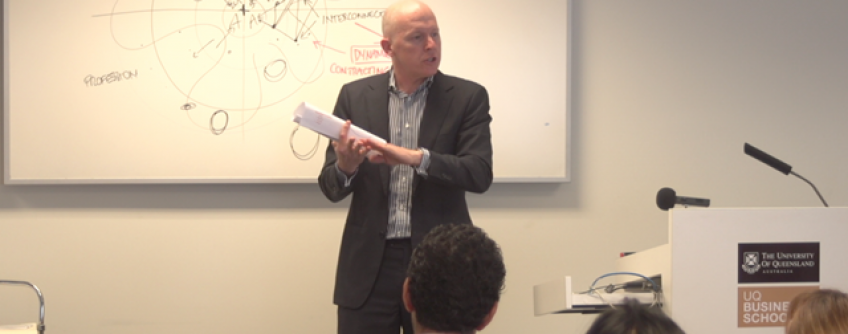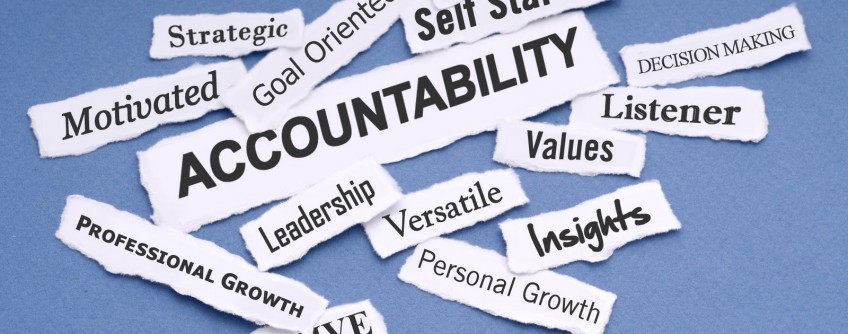Peer accountability in the workplace is about creating a culture in which employees (instead of managers) hold each other accountable for their behaviours and performance. In a team environment, a culture of peer accountability can be a powerful motivator for performance. Rewards and punishments for lack of results may motivate some, but no one likes to let their team mates down, particularly when they respect each other.
More than any policy or system, there is nothing like the fear of letting down respected teammates that motivate people to improve their performance.
Patrick Lencioni, The Five Dysfunctions of a Team: A Leadership Fable
Barriers to Peer Accountability
There are two main barriers to creating a culture of accountability. The first is how people view accountability. People often equate accountability to “being held accountable for their actions”, which has punitive and often even childish connotations. Creating a culture of accountability is not about punishing people for their actions or behaviours, instead it means creating a team environment where people support their teammates in achieving their goals, and feels comfortable in discussing if someone’s behaviours have let them down or are preventing the team from delivering.
The second barrier is often an unwillingness to provide negative feedback to team members. People are often afraid to criticise others, fearing that it may lead to conflict or impact upon the team’s relationships. According to Lencioni’s Five Dysfunctions of a Team, teams that fear conflict create environments where back-channel politics and personal attacks thrive, they ignore controversial topics that are critical to team success, and they waste time and energy with posturing and interpersonal risk management. This leads to a failure to commit, an absence of trust and a team that is not focused on results.
Outcomes of peer accountability
A culture of peer accountability increases performance and team cohesion. It promotes trust, unfiltered (yet constructive) conflict around ideas, commitment to decisions and ideas, and a focus on the achievement of collective results.
Tips and Tools
The true measure of a team is that it achieves it “purpose” i.e. the results it sets out the achieve. To do this, a team must overcome the five dysfunctions:
- Absence of trust
- Fear of conflict
- Lack of commitment
- Avoidance of accountability
- Inattention to results
ACTION: The Five Dysfunctions of a Team resource is always a good place to start when talking about peer accountability and team cohesion. You can take this five minute on the spot quiz to assess the effectiveness of your team.
Reflection: What do your results tell you about your team? Does peer accountability play an important role in helping you and your colleagues achieve your purpose?






